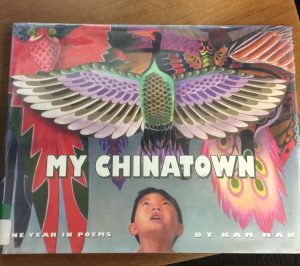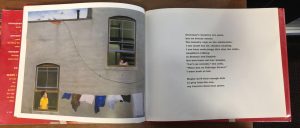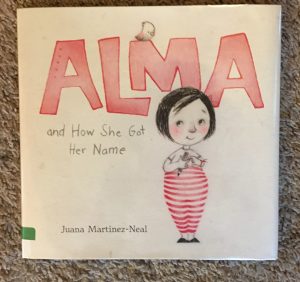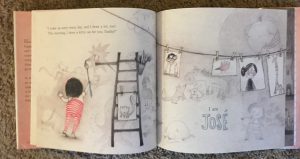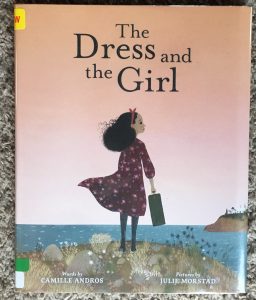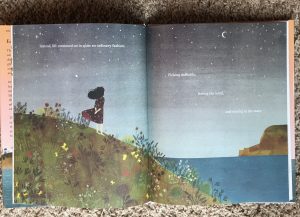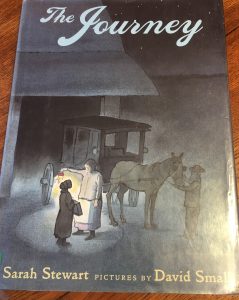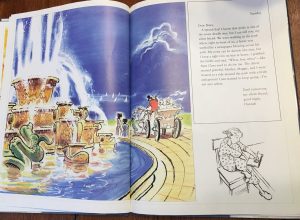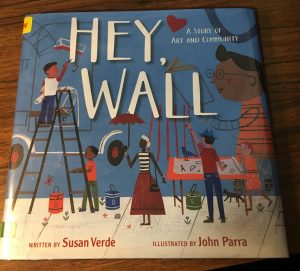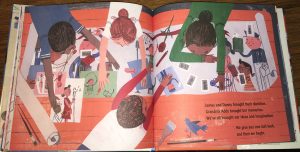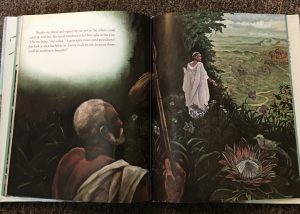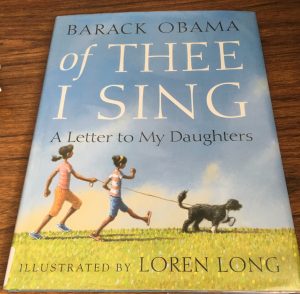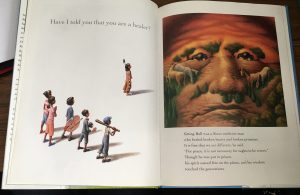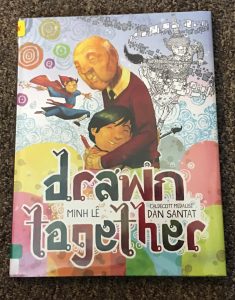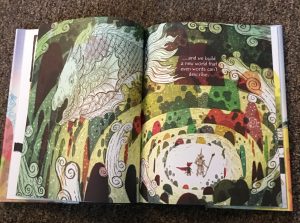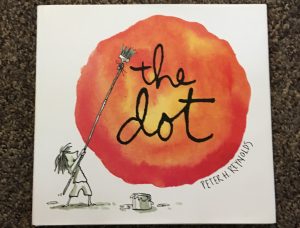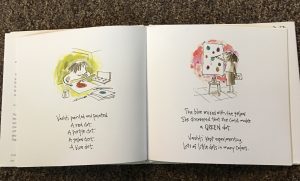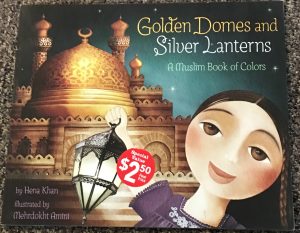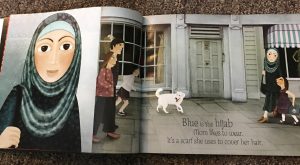Title: My Chinatown: One Year in Poems
Author(s): Kam Mak
Illustrator/Photographer: Kam Mak
Publisher and Year: Harper Collins Publishers 2002
Number of pages: 30
Tags/Themes: Allison Henry, Culture, Diversity, Family, Fiction, Friendship, Holidays, Picture Book, Poetry, K-1, 2-3
Genre: Realistic Fiction
Descriptive Annotation: My Chinatown is a book of poems that follows a boy through a year in a Chinatown in America. He laments about the differences between his new home and his old home in China. He talks about many different aspects of Chinese culture, and the differences and similarities between the versions in America and the versions in China. At the beginning, he is resentful of America, but begins to enjoy it as the book progresses. It is written in free verse style poetry and the illustrations appear to be done in acrylics. There are no special features and students should have a good grasp on figurative language before they read this book.
Classroom Application: This text connects to a social science unit on China. It talks about many things that are important in the Chinese culture. The author talks about Chinese food, games, holidays, and other activities. Students could use this book to compare Chinese culture with their own or to compare life in Chinatown to life in China. This book could also be used in a Writing Workshop as an example of free verse poetry and expressive language.
Linguistic and Cultural Diversity Analysis: This book talks about a lot of aspects of Chinese culture, both in China and in Chinatown, USA. Students can gain an appreciation for Chinese culture through reading this book. A discussion could be had about immigration and leaving your home behind for a new country, particularly one that has an area that is sort-of like your home country, but not exactly the same. In the book, it says, “But I don’t want to go to school, where the English words taste like metal in my mouth.” It also says, “When we left Hong Kong, we had to pack quick. So many things got left behind-a country, a language, a grandmother, and my animal chess game.”
